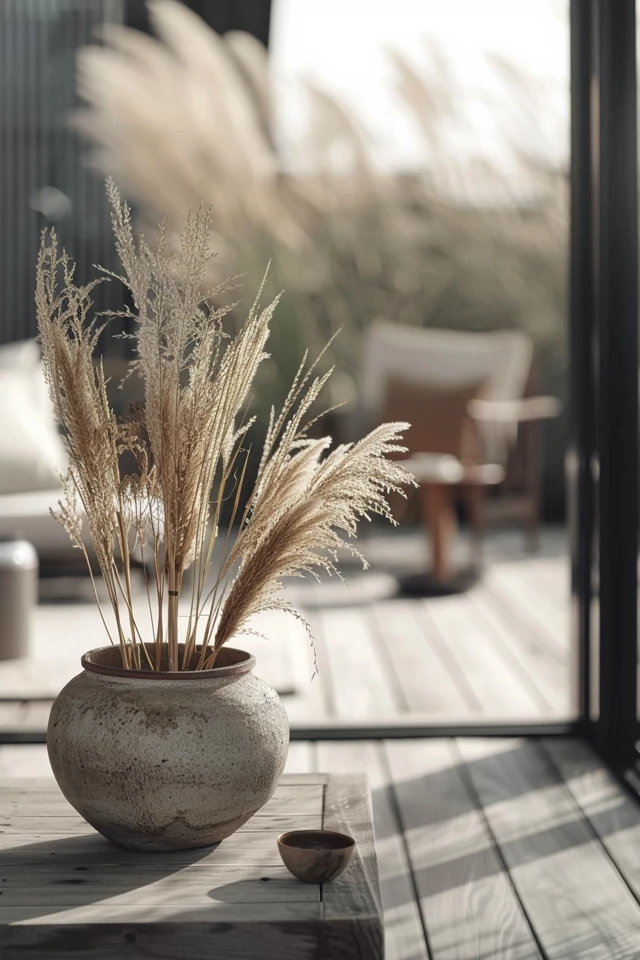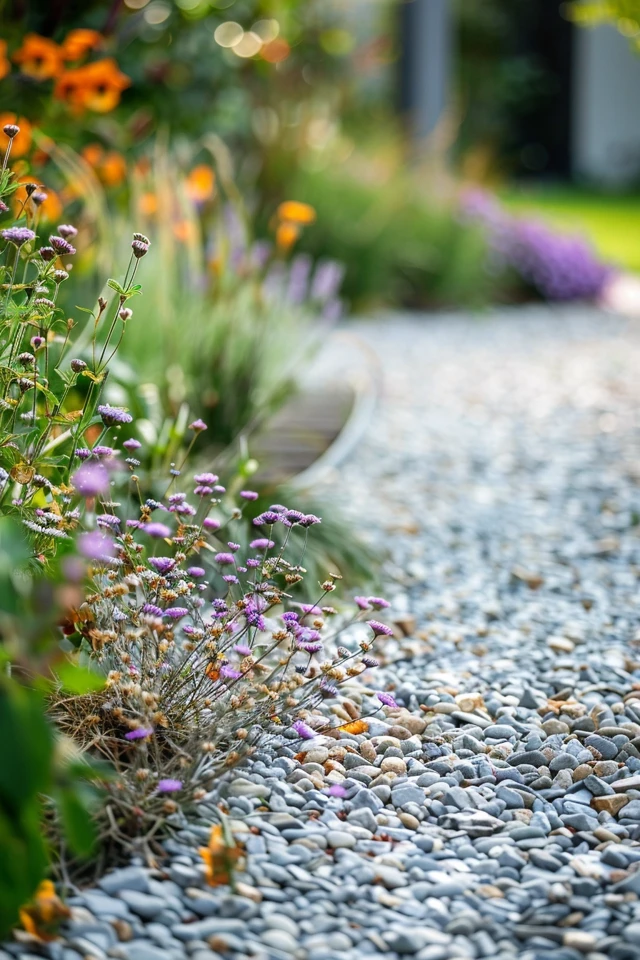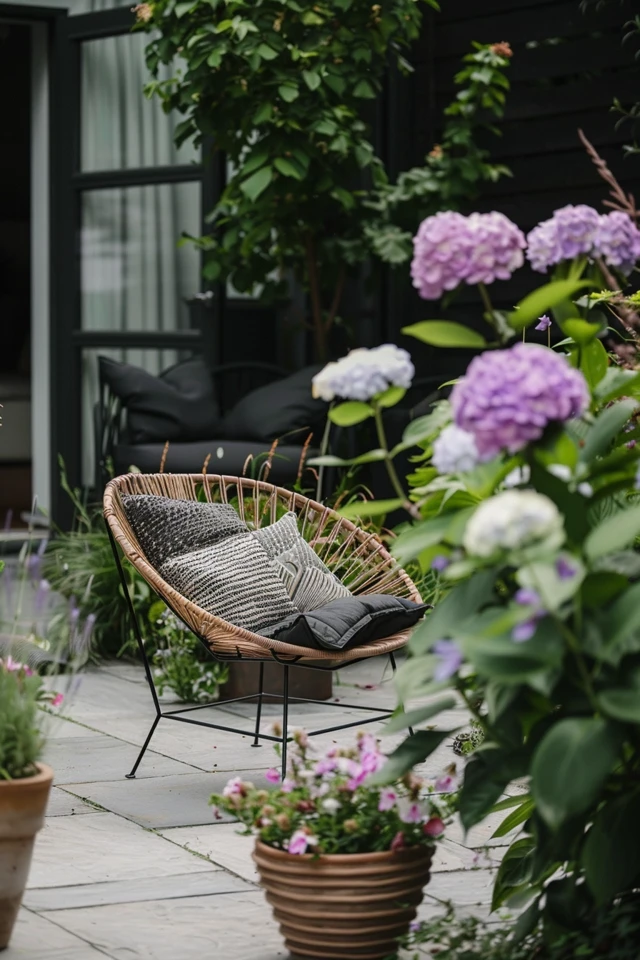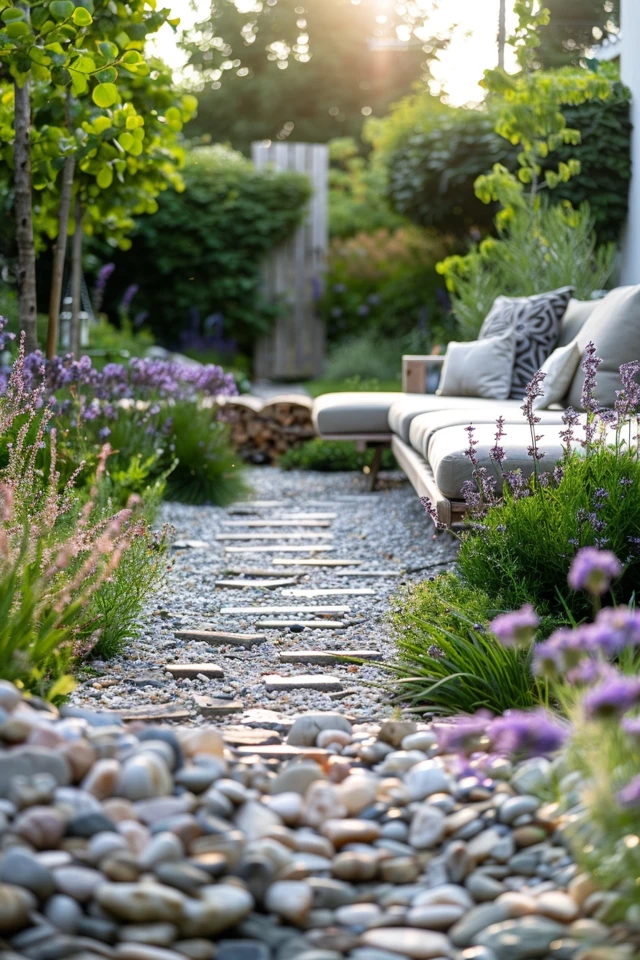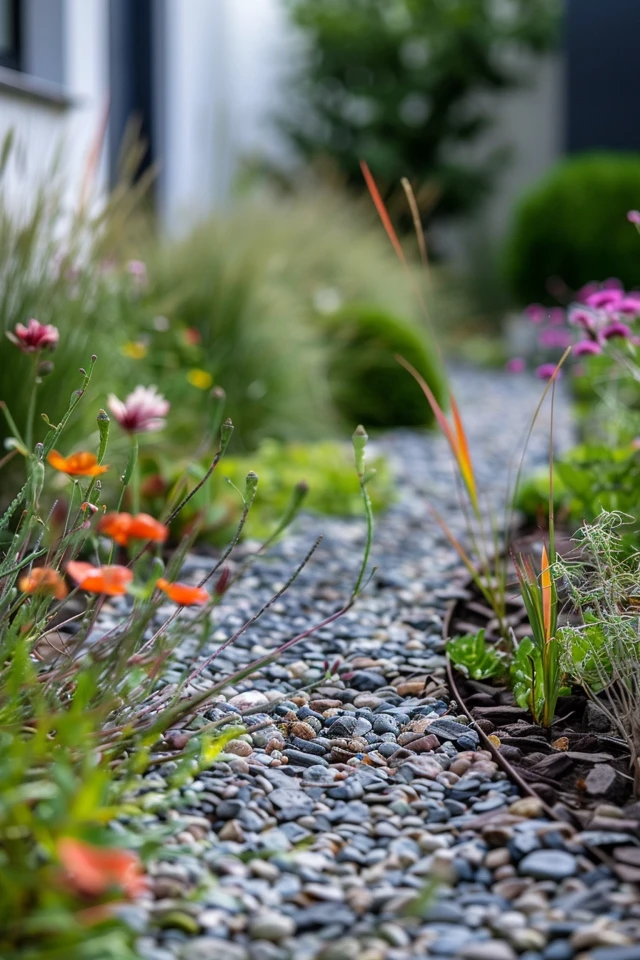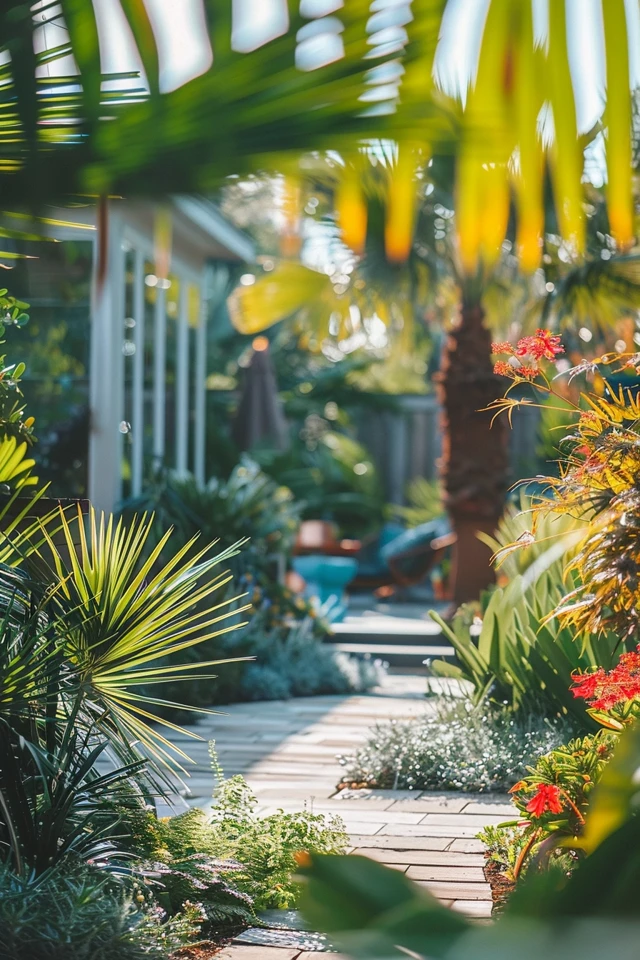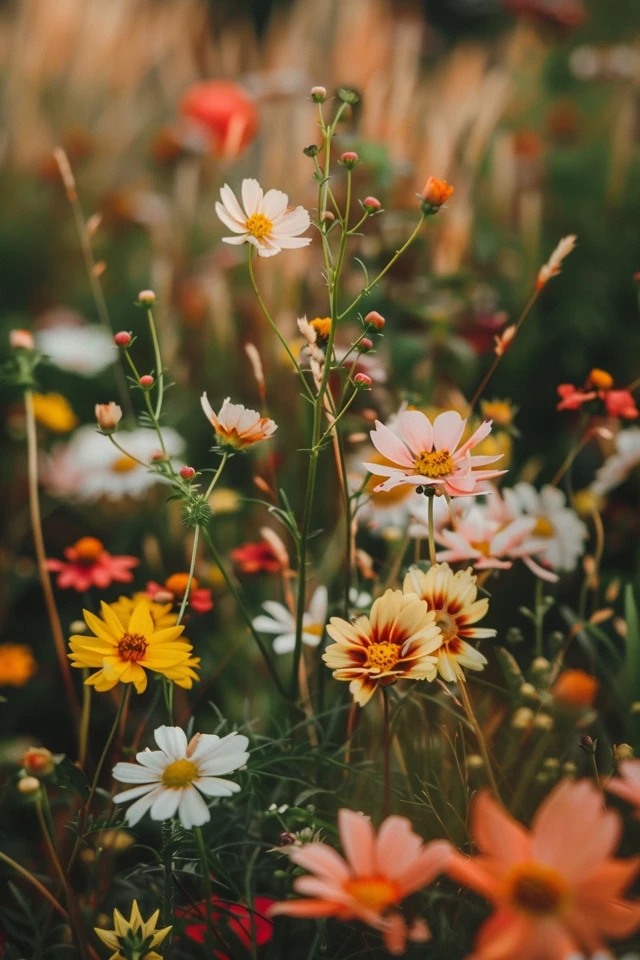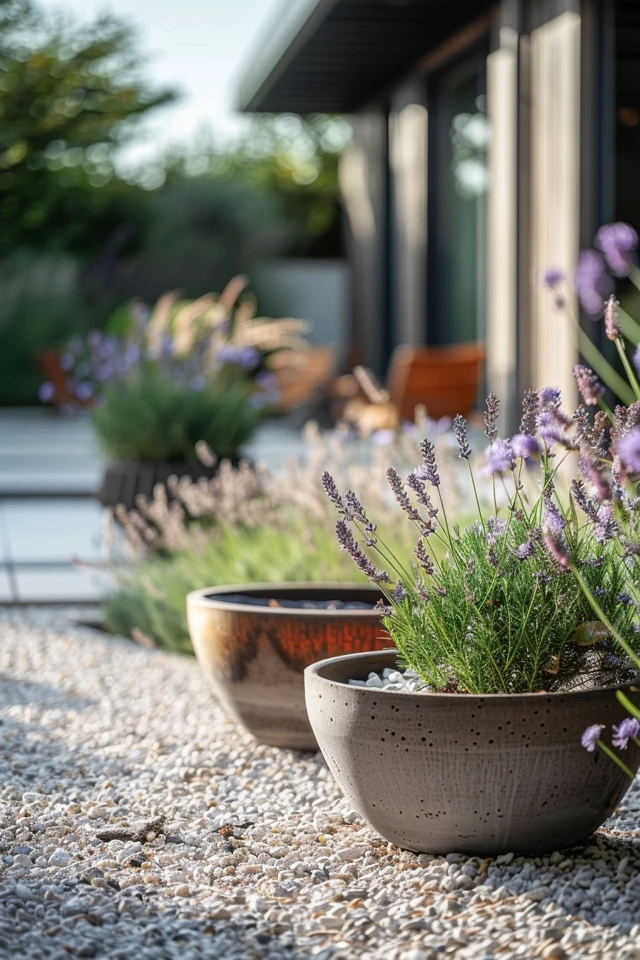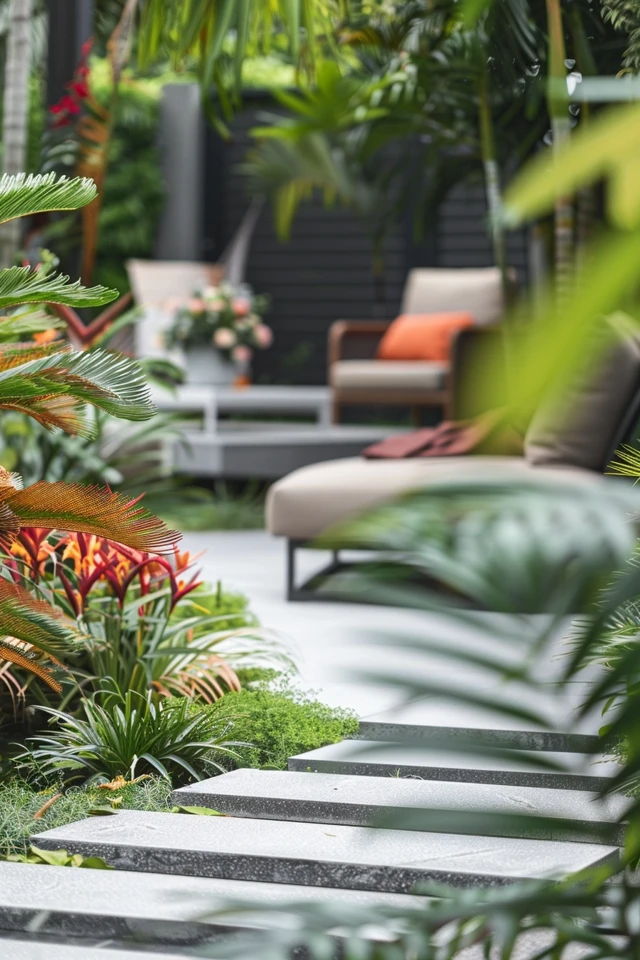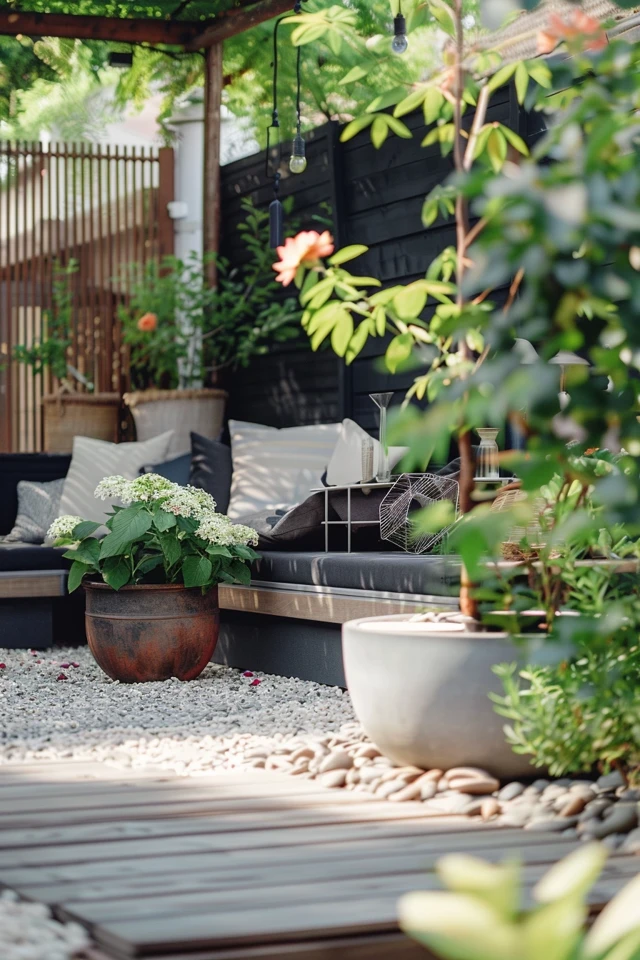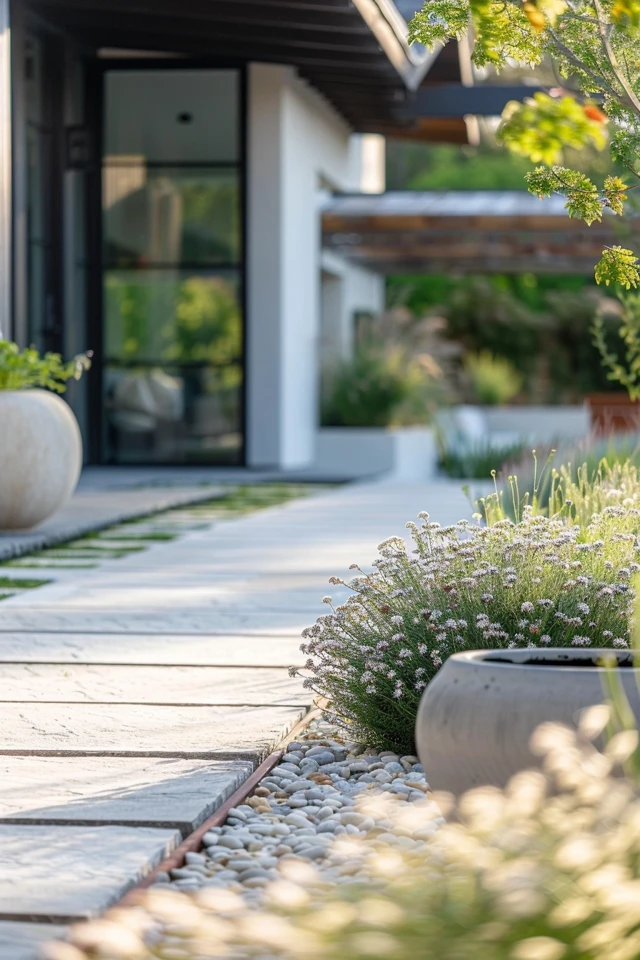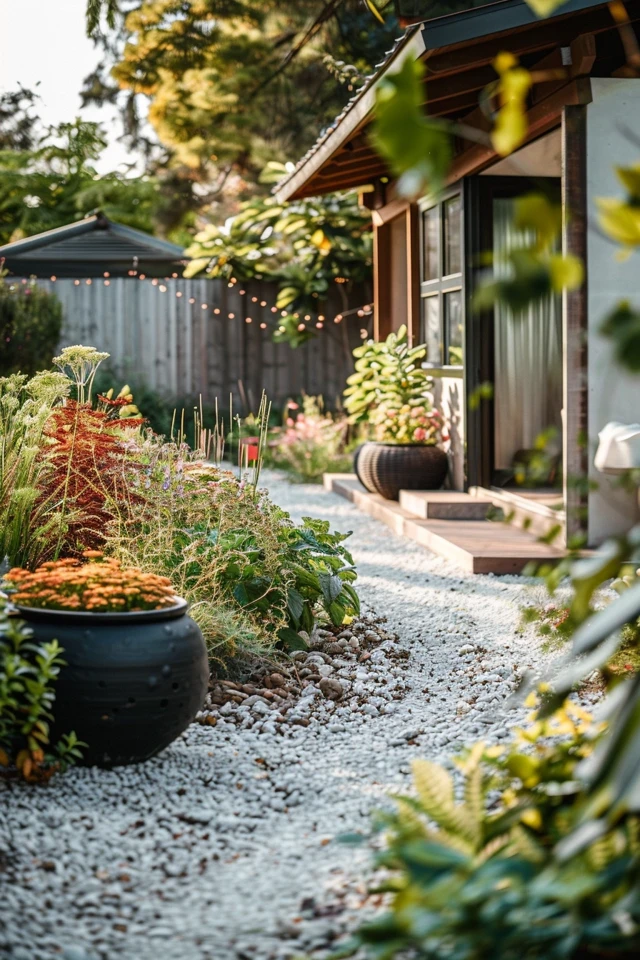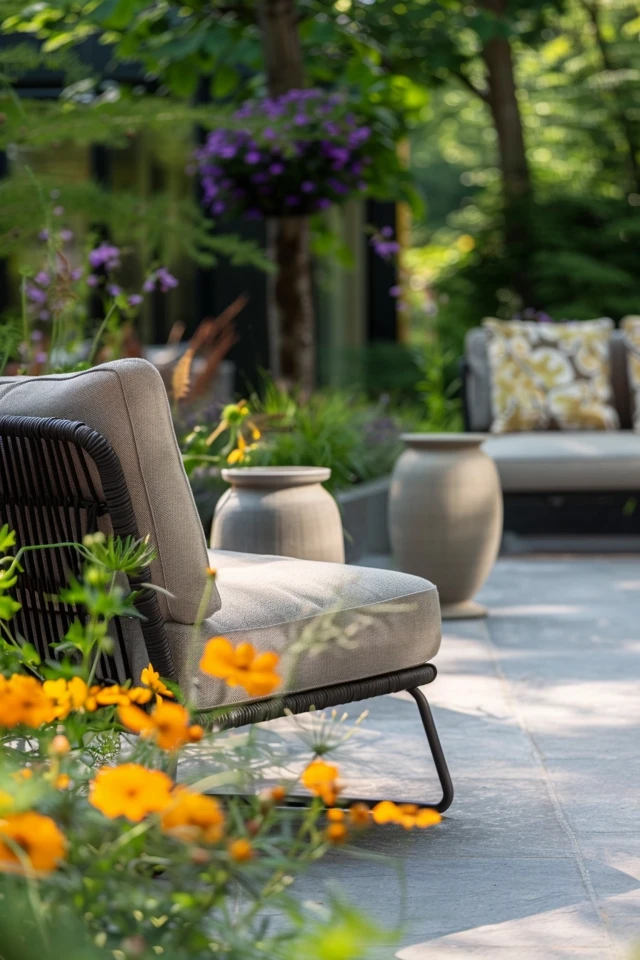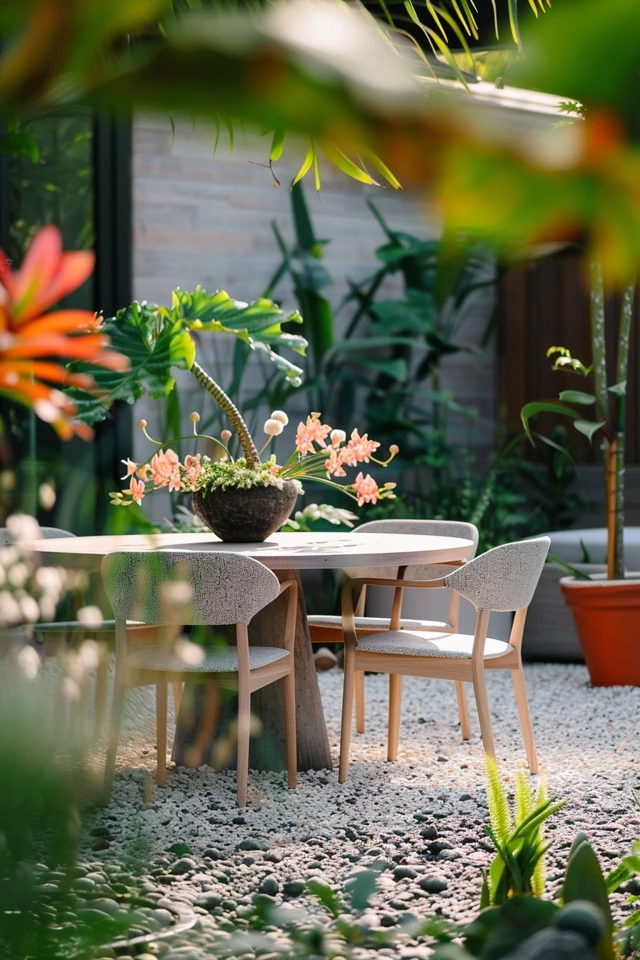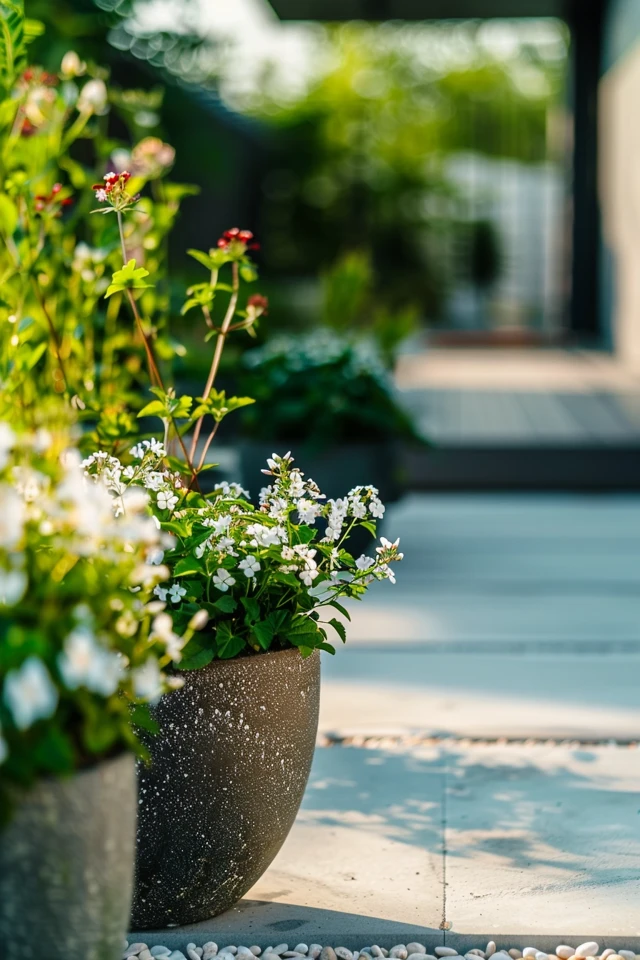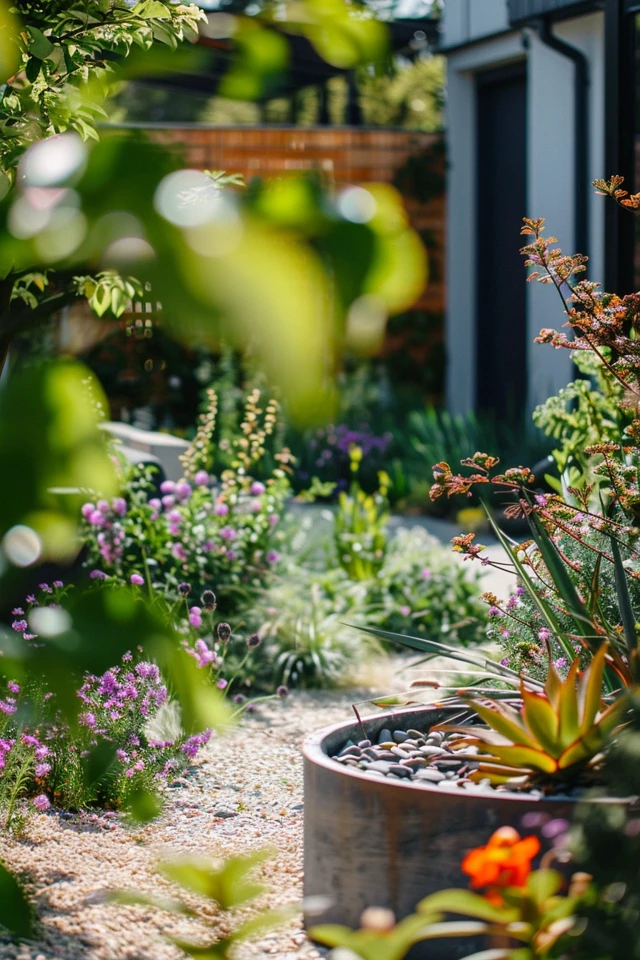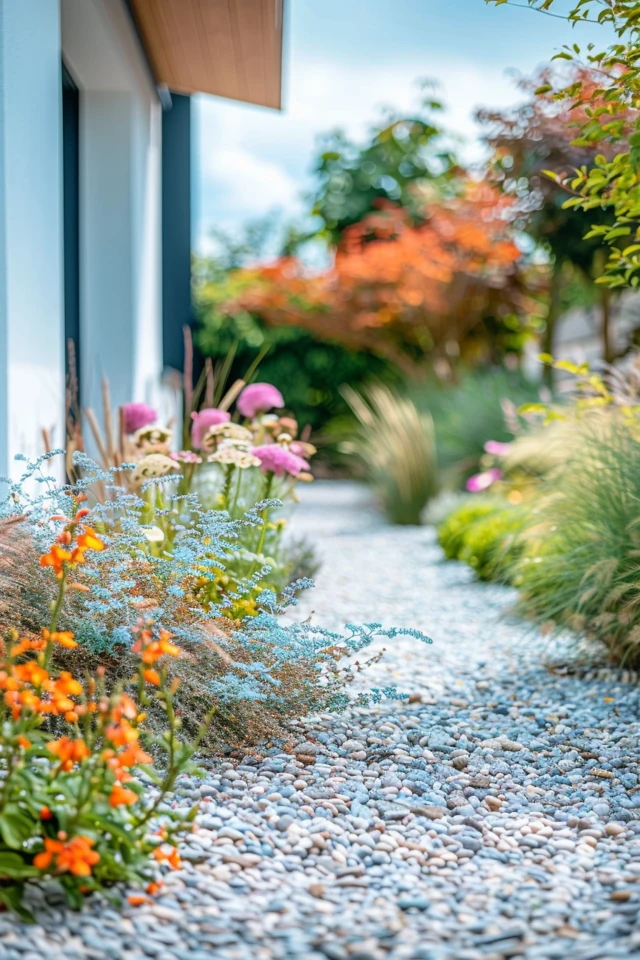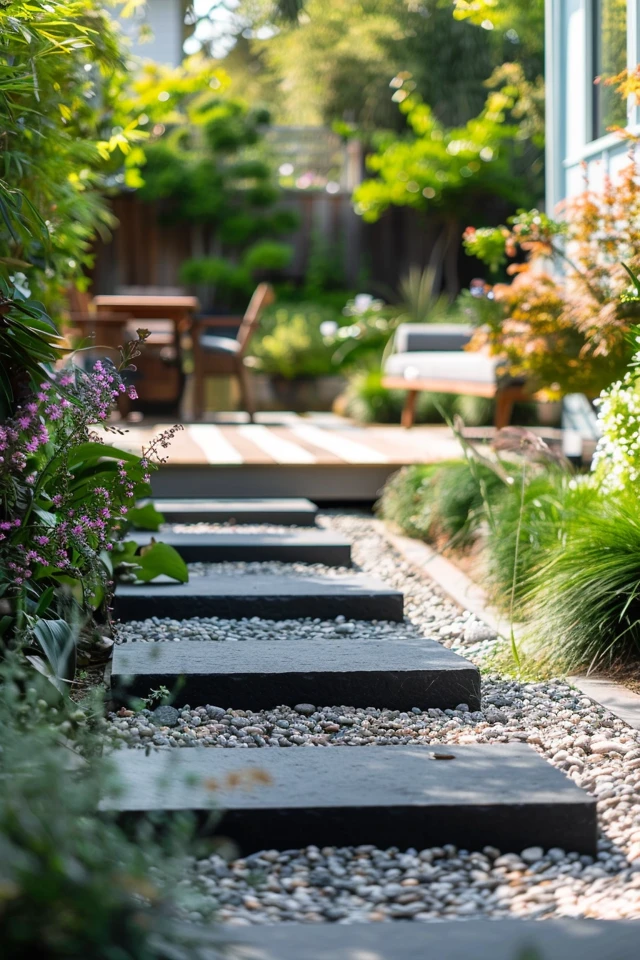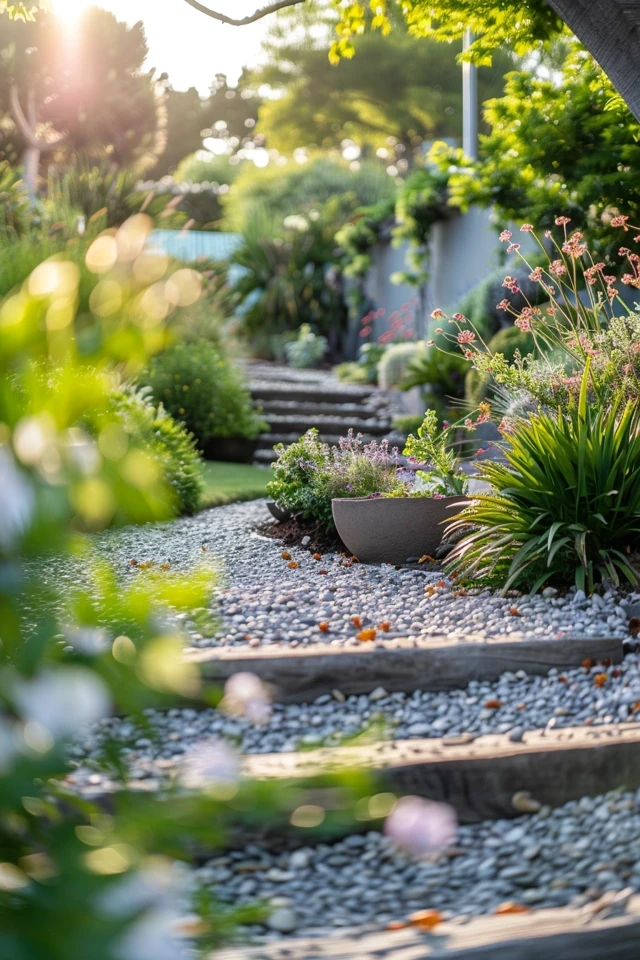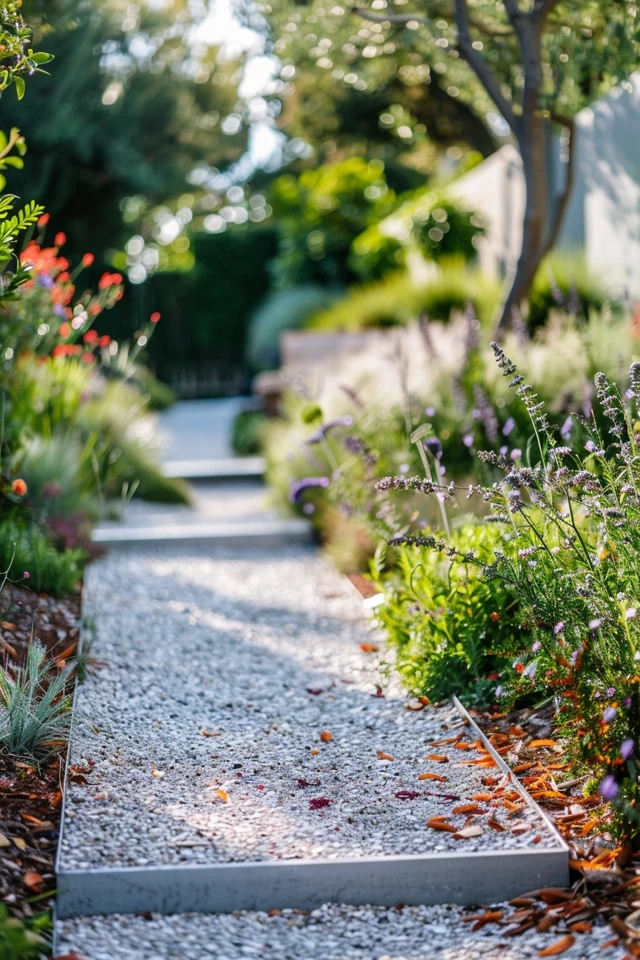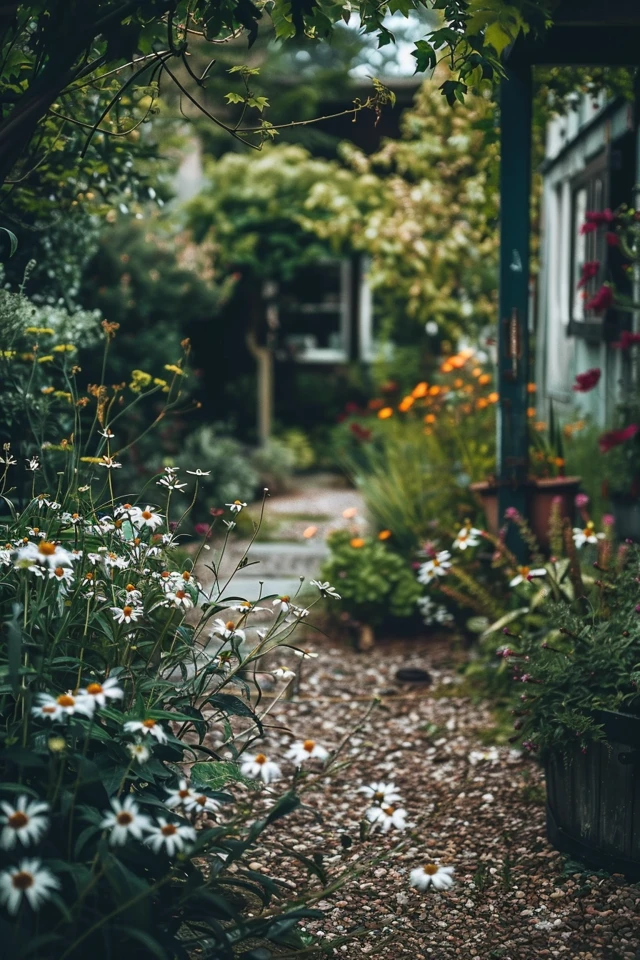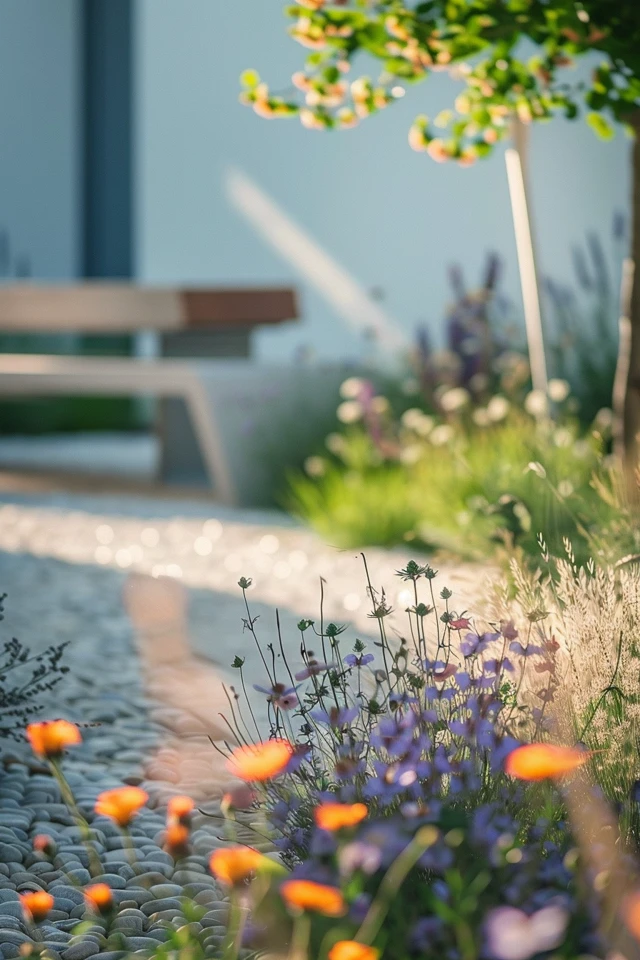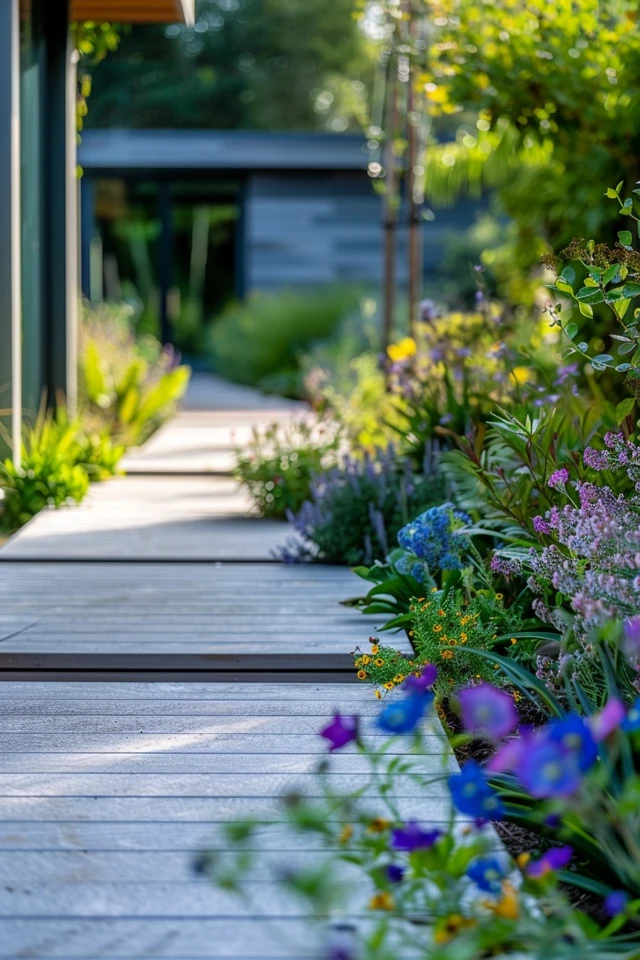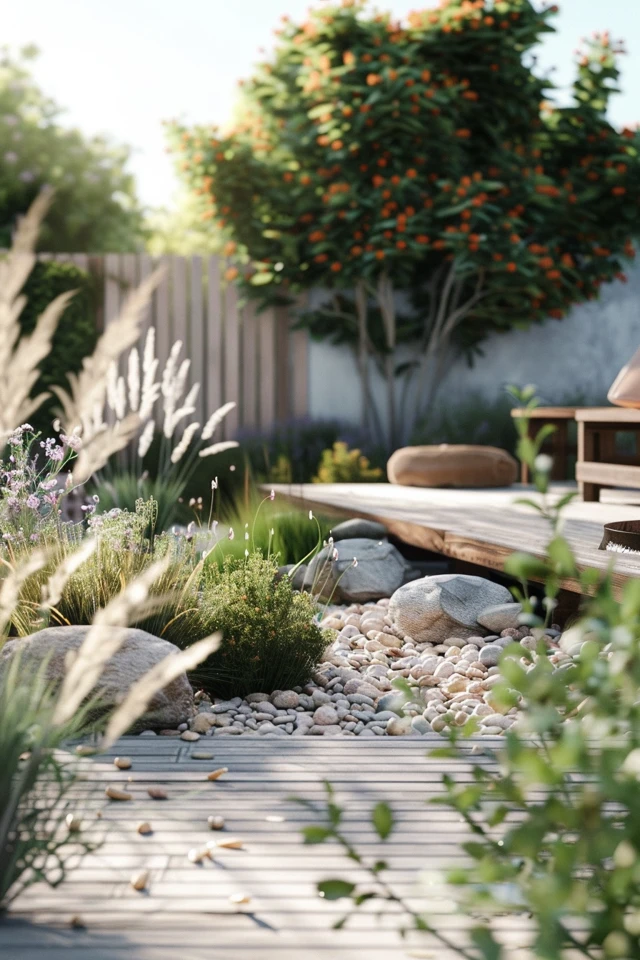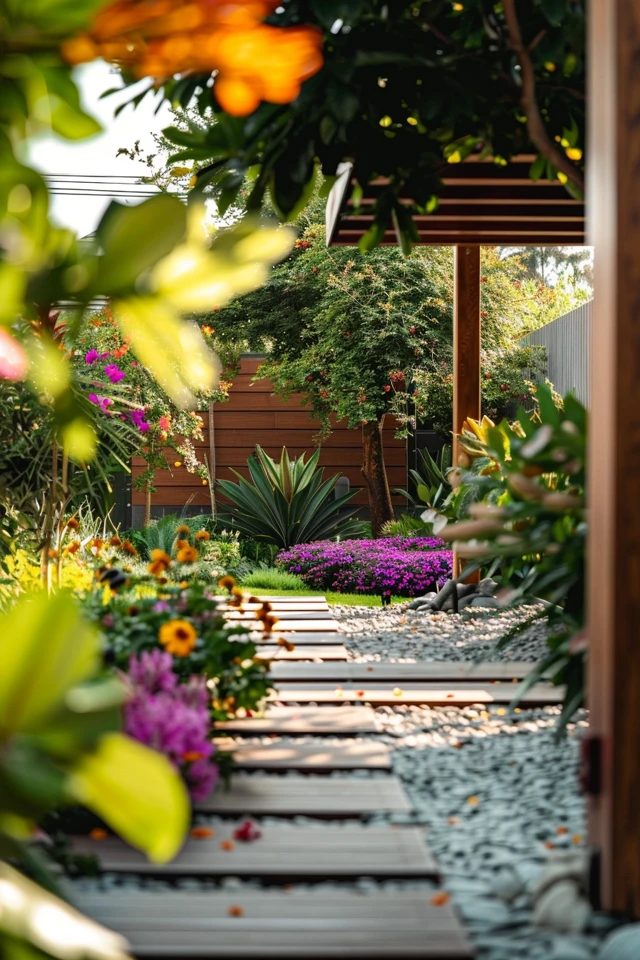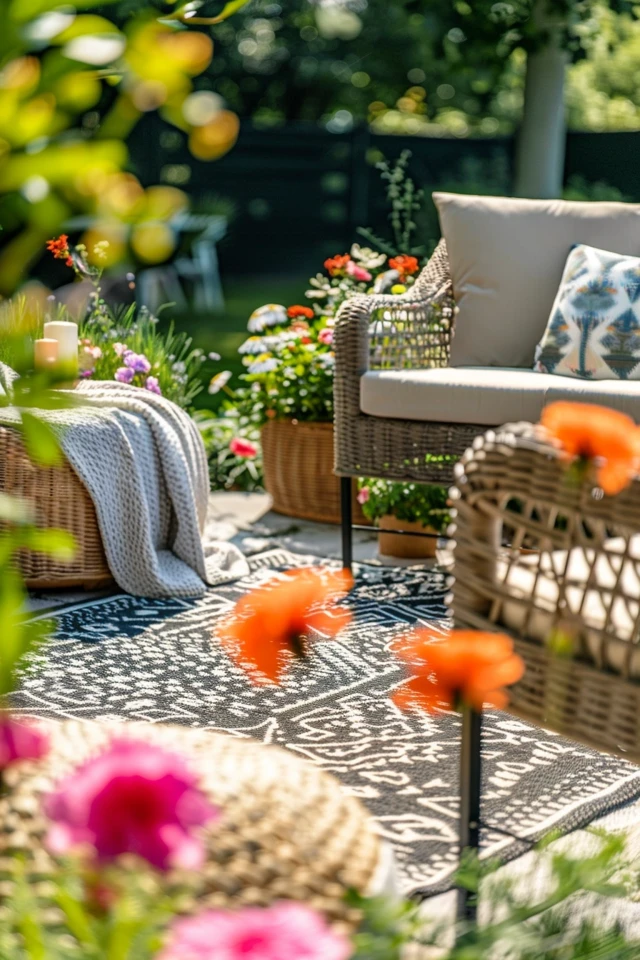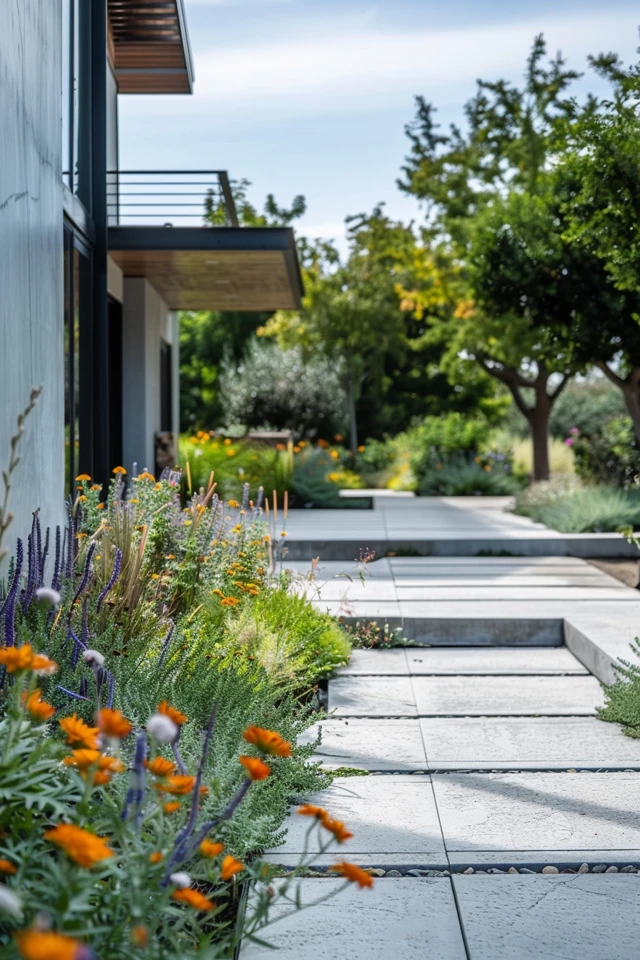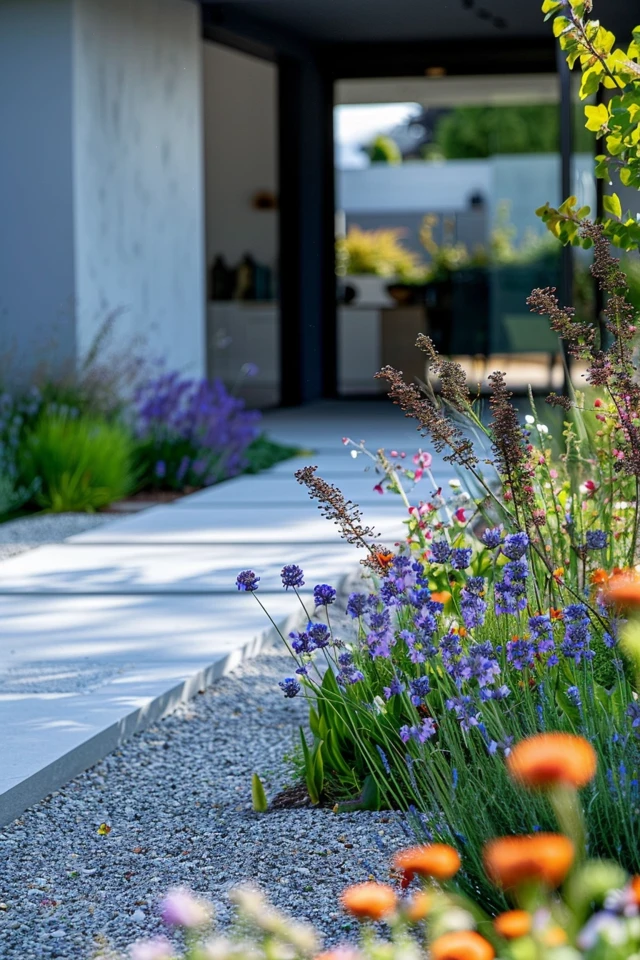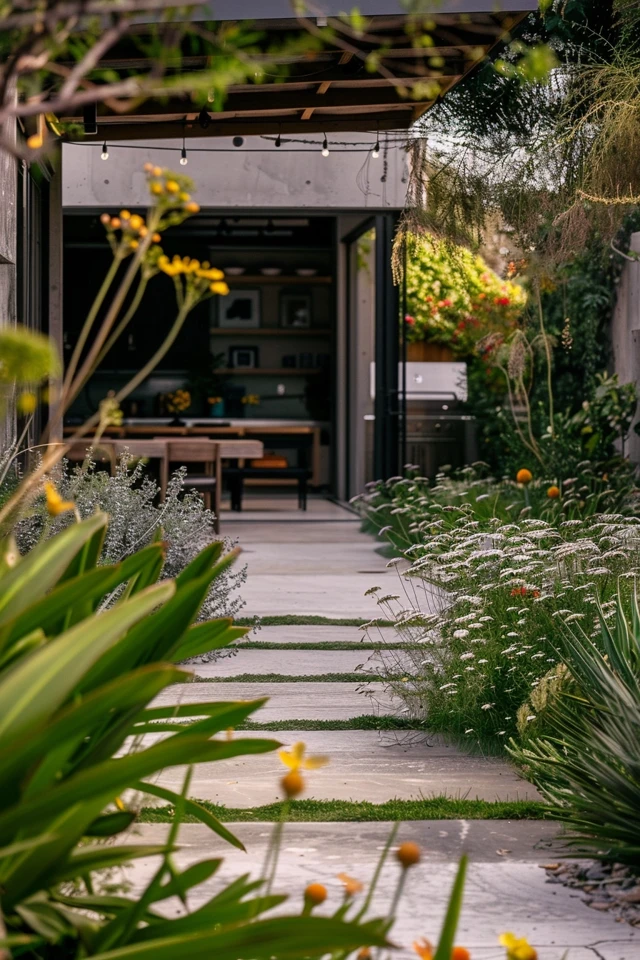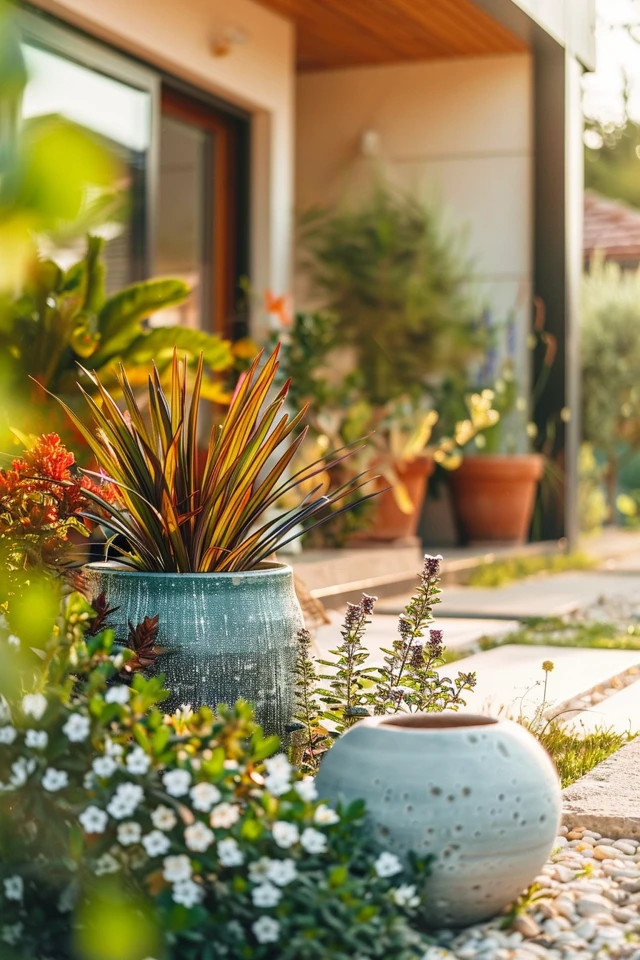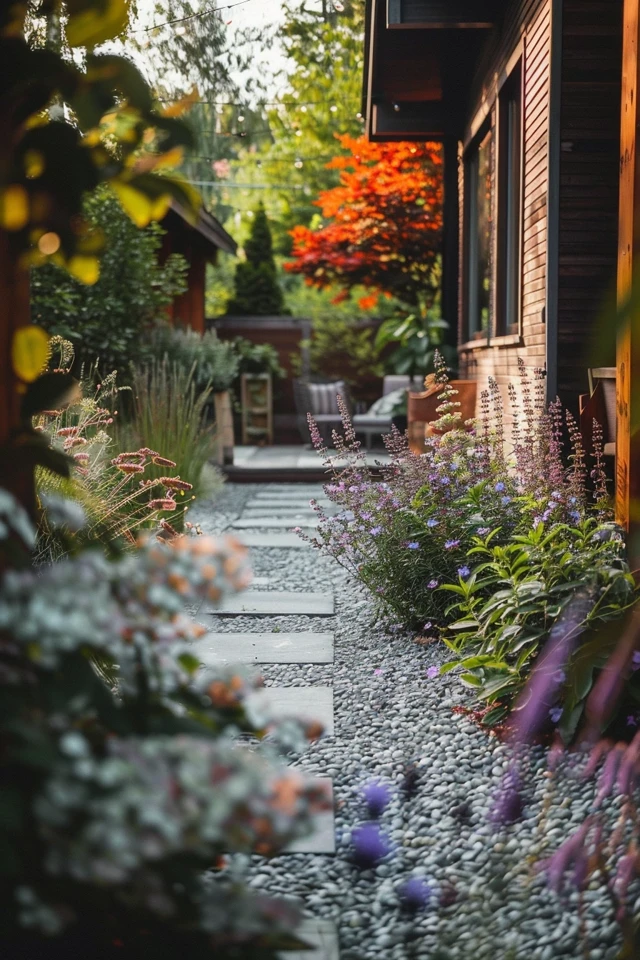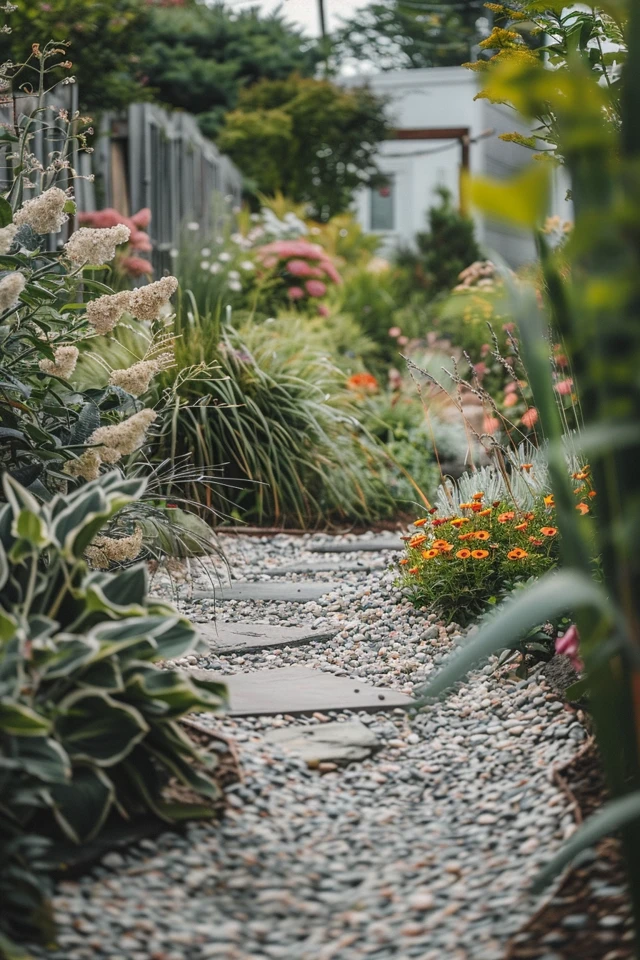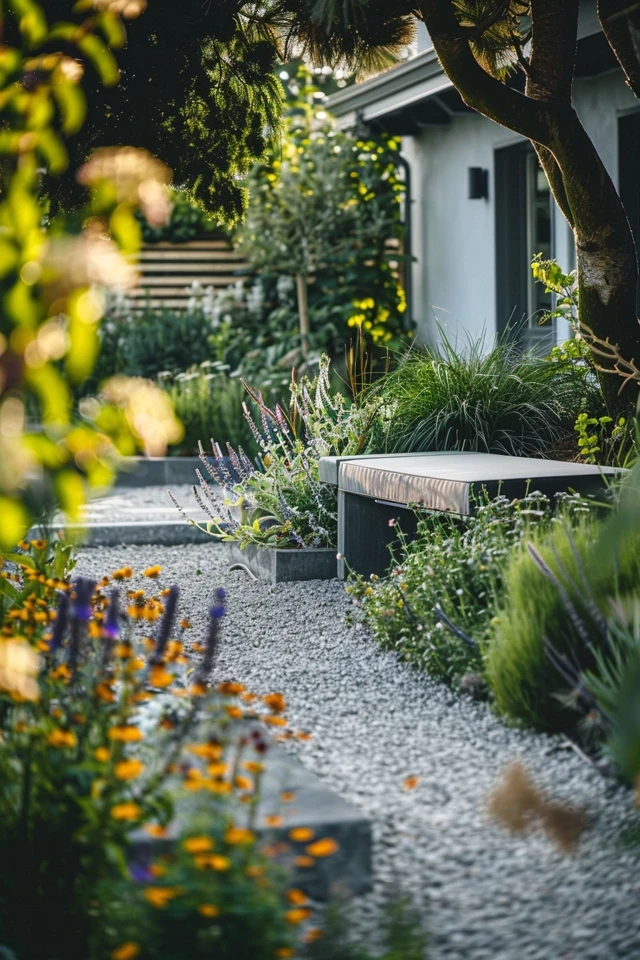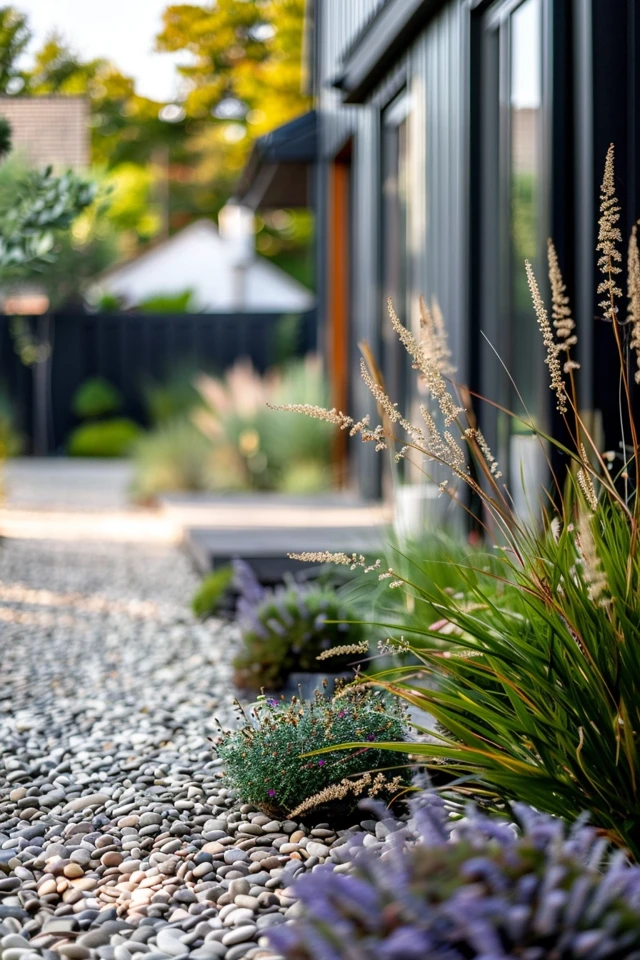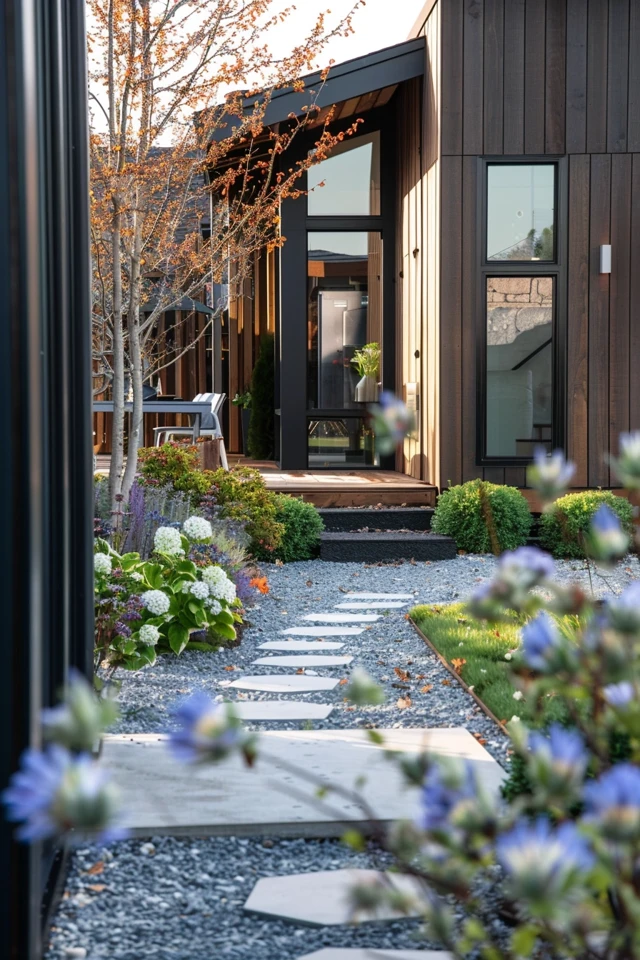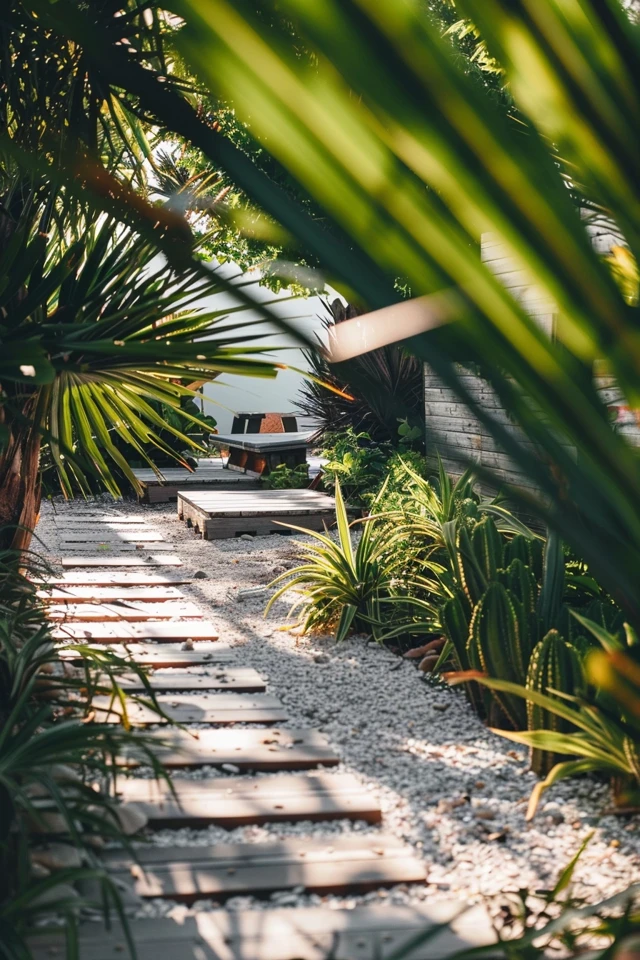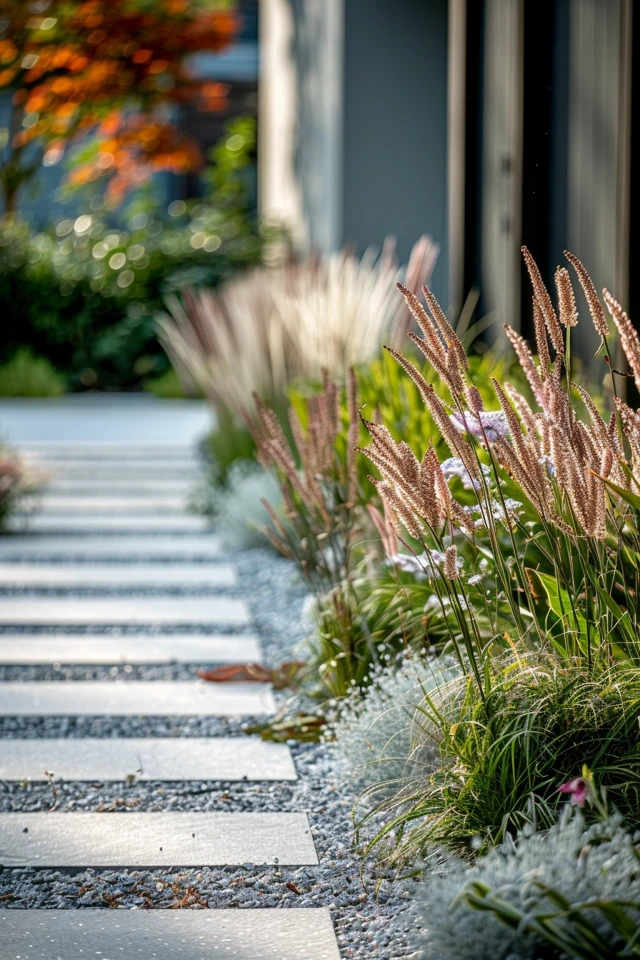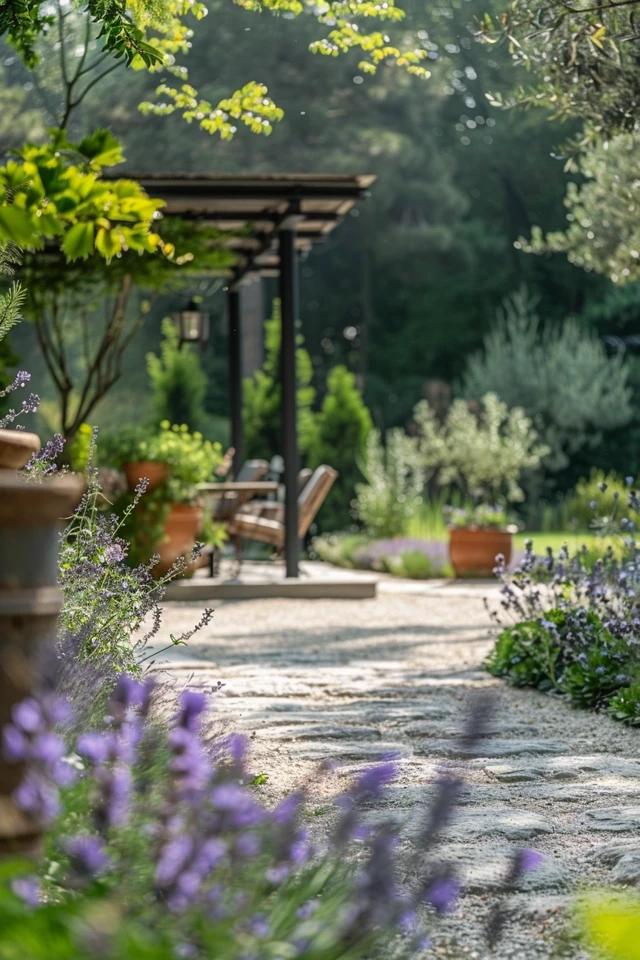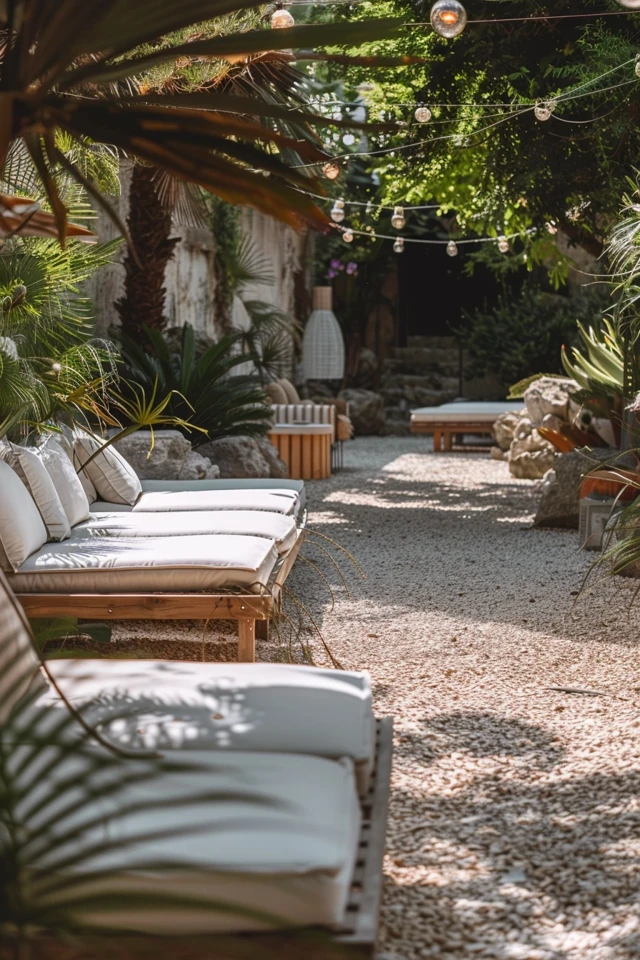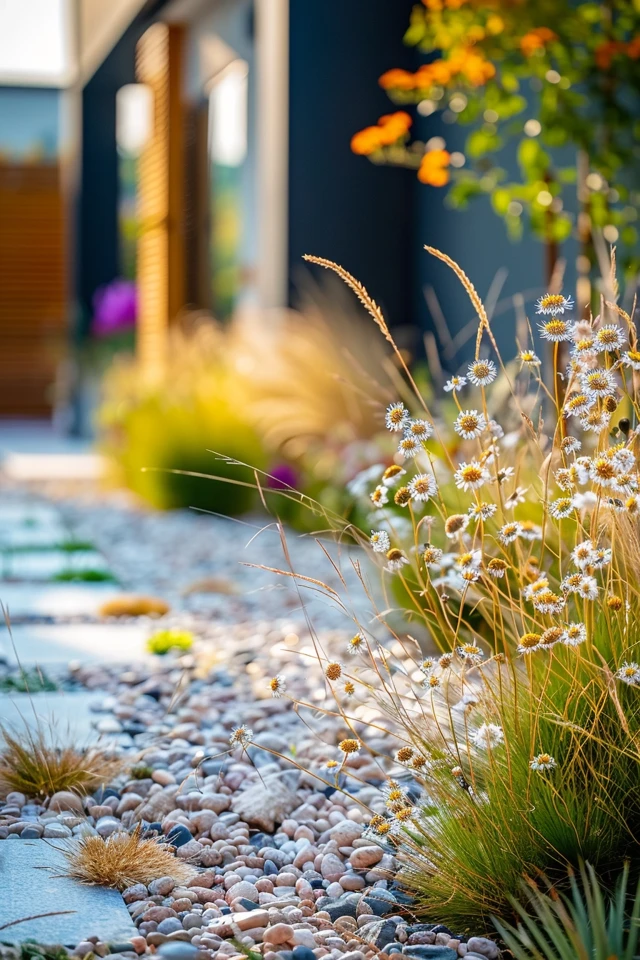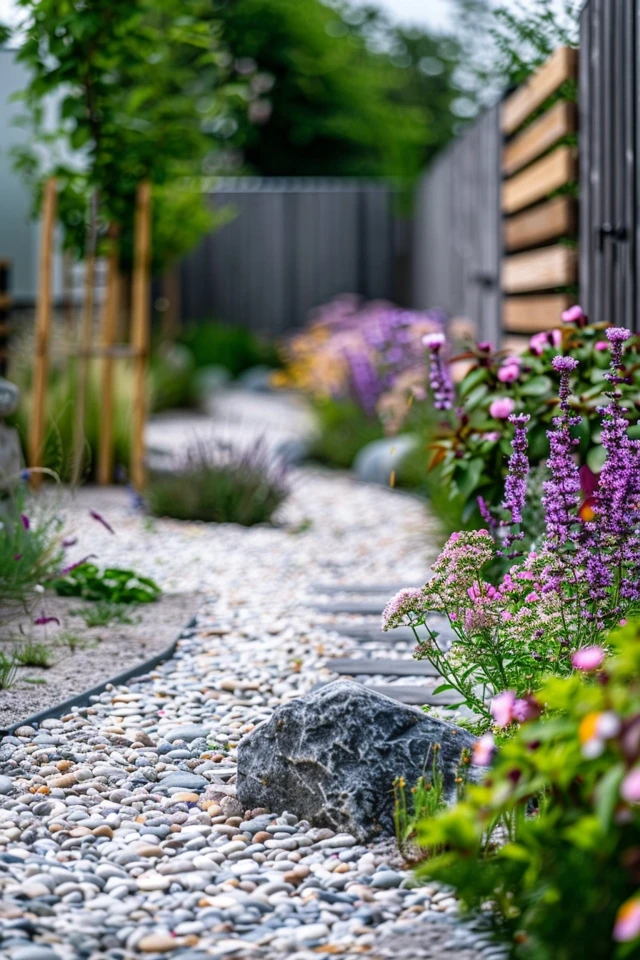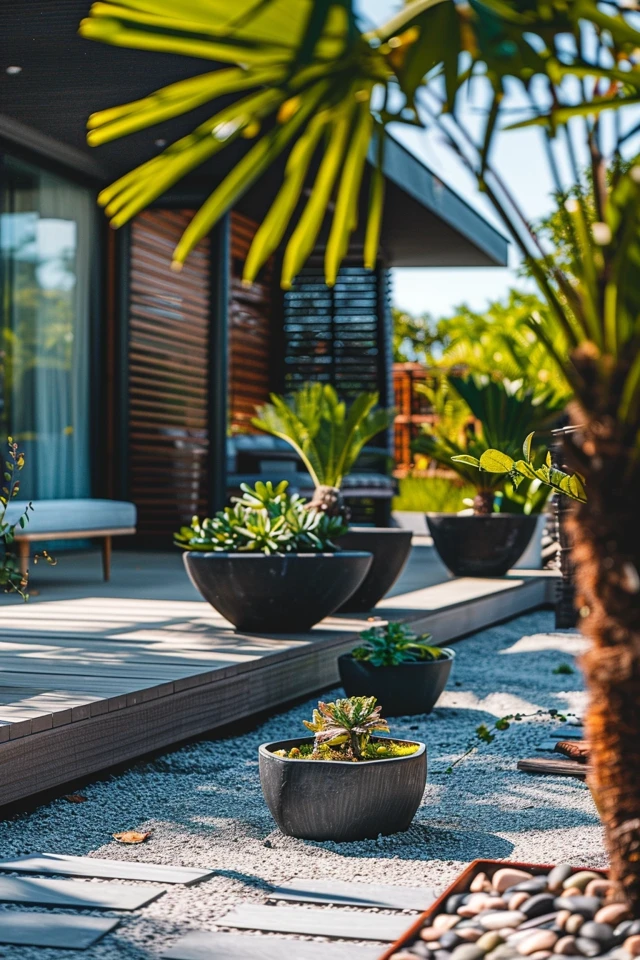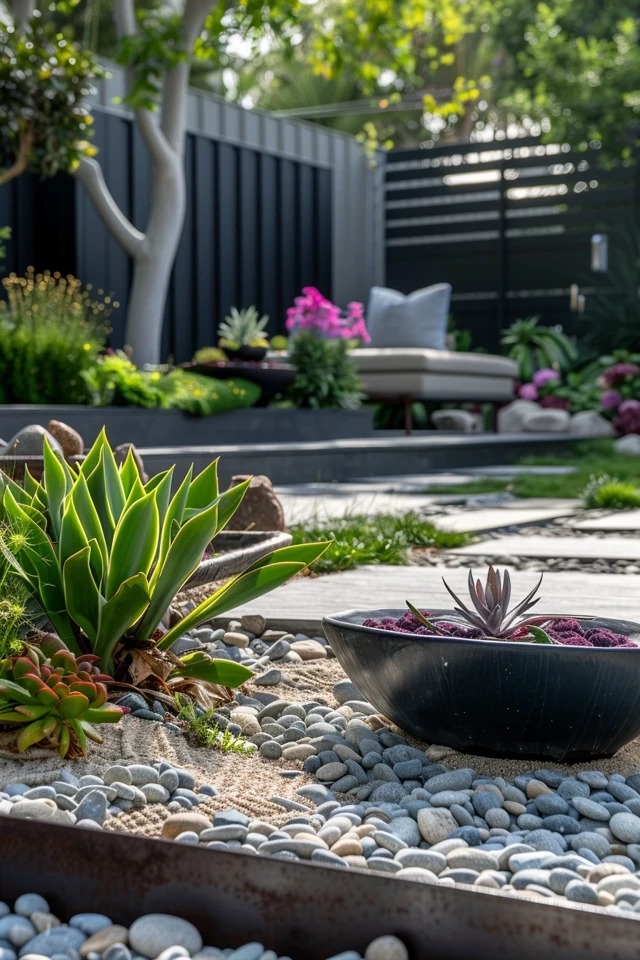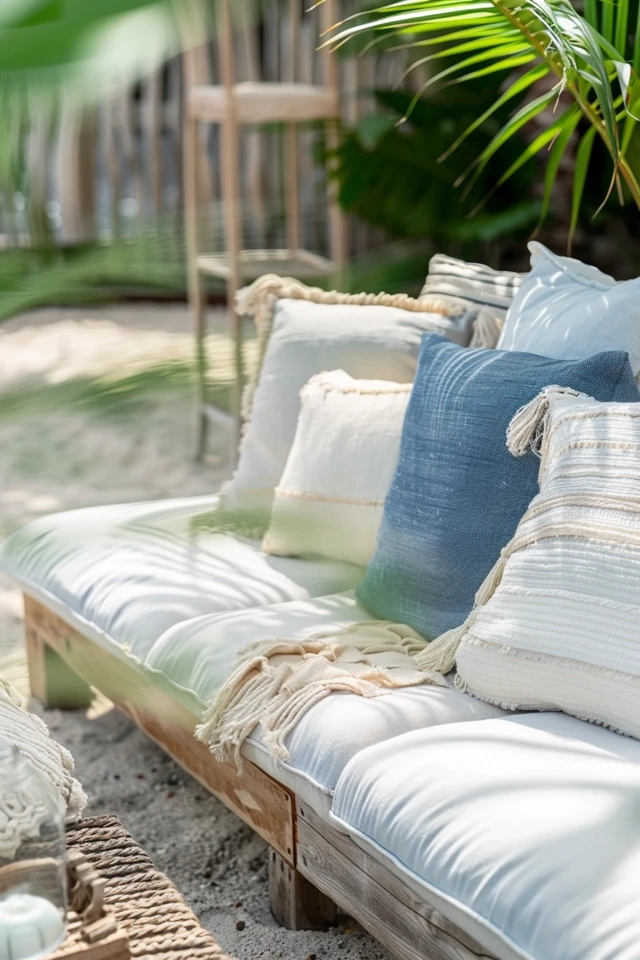Before Reading this Article, Hire Us As Your Designer or Take a Look at My Top 3 Amazon Picks!
If you are looking to blend Amazon's furniture finds with a personalized touch for your space, check out my portfolio, and hire us! You'll get 3 Idea boards, 2 Concept Boards, 2 Realistic Renderings, a Floor Plan, and a Shopping List! Everything's online, plus a 25% discount on your first online interior design project with my Havenly Promo code 4c7441bcfb. With over 2,000 designs since 2017 and top US brand partnerships, your project is in expert hands. US only. Ready to start?
Northeast Home Landscaping, 3rd Edition: Including...
22% OffCovido Home Decorative Welcome Summer Coastal Gard...
$8.99 (as of January 21, 2025 20:56 GMT -06:00 - More infoProduct prices and availability are accurate as of the date/time indicated and are subject to change. Any price and availability information displayed on [relevant Amazon Site(s), as applicable] at the time of purchase will apply to the purchase of this product.)HONGLAND Solar Metal Crane Statue Garden Heron Scu...
$32.99 (as of January 21, 2025 20:56 GMT -06:00 - More infoProduct prices and availability are accurate as of the date/time indicated and are subject to change. Any price and availability information displayed on [relevant Amazon Site(s), as applicable] at the time of purchase will apply to the purchase of this product.)Designing a coastal garden is a rewarding endeavor that brings the beauty and tranquility of the seaside into your outdoor living space. By embracing native plants, incorporating natural materials, and creating functional, stylish areas, you can transform your yard into a serene retreat that offers endless enjoyment.
As an architect and interior designer, I believe that a well-designed coastal garden should reflect both the natural environment and the personal style of the homeowner. Each element, from the plant selection to the decor, should work together to create a harmonious and inviting space.
Remember, the key to a successful coastal garden is to embrace your creativity and let your personality shine through. Regularly update and personalize your space to keep it aligned with your evolving tastes and needs. With these tips and ideas, you’re well on your way to creating a coastal garden that’s not only aesthetically pleasing but also a true reflection of you. Enjoy the process of transforming your outdoor space and making it a haven of comfort, style, and coastal elegance.
Embracing Coastal Plants and Vegetation
Choosing the right plants is crucial for a coastal garden. The plants must be able to withstand salty air, strong winds, and sandy soils.
Coastal Plant Tips:
- Native Plants: Opt for native coastal plants that are well-adapted to the local climate. These plants require less maintenance and are more likely to thrive in your garden.
- Salt-Tolerant Species: Select salt-tolerant species such as sea oats, beach grass, and saltbush. These plants can handle the saline conditions of coastal environments.
- Drought-Resistant Plants: Use drought-resistant plants like succulents, lavender, and rosemary. These plants conserve water and are ideal for sandy, well-drained soils.
- Layered Planting: Create layers of planting with taller shrubs at the back and shorter groundcovers at the front. This approach provides visual interest and helps protect plants from wind.
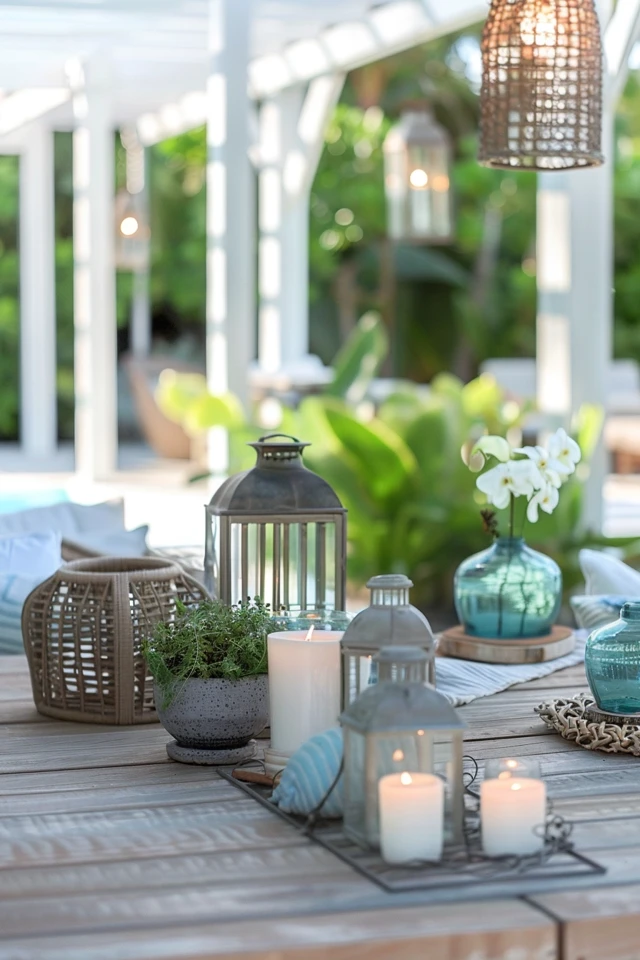
Designing with Hardscaping Elements
Hardscaping elements such as pathways, patios, and retaining walls add structure and functionality to your coastal garden.
Hardscaping Ideas:
- Natural Stone Pathways: Use natural stone for pathways to create a rustic, coastal look. Stones like slate, limestone, and granite are durable and blend well with the environment.
- Decks and Patios: Install wooden decks and patios for outdoor living areas. Choose weather-resistant wood like teak or cedar, and consider adding a pergola for shade.
- Retaining Walls: Use retaining walls to manage elevation changes and prevent soil erosion. Materials like stone or timber can enhance the natural aesthetic of your garden.
- Water Features: Incorporate water features such as fountains, ponds, or small waterfalls. The sound of running water adds to the tranquility of your garden.
Incorporating Coastal Decor
Decorative elements can enhance the coastal theme of your garden and add a personal touch.
Decor Ideas:
- Nautical Elements: Use nautical elements like anchors, ship wheels, and rope accents. These items add a maritime flair to your garden decor.
- Beachcomber Finds: Display beachcomber finds such as driftwood, seashells, and sea glass. Arrange them in decorative bowls, jars, or as part of a centerpiece.
- Outdoor Furniture: Choose outdoor furniture made from natural materials like wicker, rattan, or wood. Opt for pieces with weather-resistant cushions in coastal colors.
- Lighting: Use soft, ambient lighting to create a warm and inviting atmosphere. String lights, lanterns, and solar-powered garden lights are excellent options.
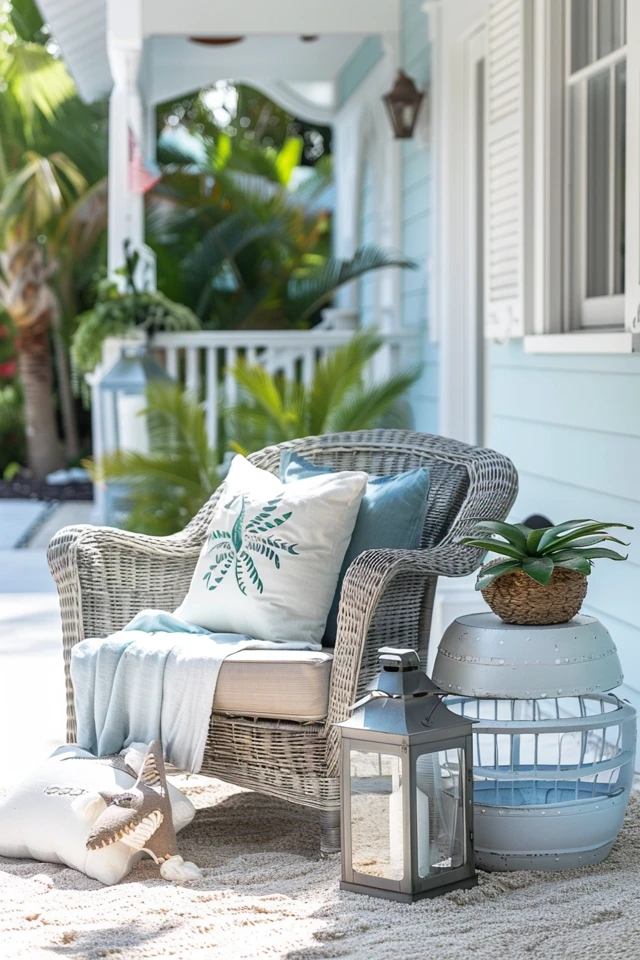
Creating Functional Outdoor Spaces
Functional outdoor spaces allow you to fully enjoy your coastal garden, whether for dining, entertaining, or relaxing.
Outdoor Space Ideas:
- Dining Area: Designate a dining area with a sturdy table and comfortable chairs. Consider adding a pergola or umbrella for shade.
- Outdoor Kitchen: Install an outdoor kitchen with a grill, sink, and countertop space. This setup is perfect for entertaining guests and enjoying meals outdoors.
- Lounge Area: Create a lounge area with comfortable seating like outdoor sofas, chairs, and hammocks. Arrange furniture to take advantage of views and breezes.
- Fire Pit: Incorporate a fire pit surrounded by seating for a cozy gathering spot. Use materials like stone or metal that can withstand coastal conditions.
Enhancing Privacy and Shelter
Creating privacy and shelter in your coastal garden can make it a more enjoyable and usable space.
Privacy and Shelter Ideas:
- Hedges and Shrubs: Plant hedges and shrubs to create natural barriers. Species like privet, oleander, and sea grape provide excellent wind protection and privacy.
- Fencing: Use fencing to enclose your garden and provide a windbreak. Materials like wood or vinyl can be painted in coastal colors to enhance the theme.
- Pergolas and Arbors: Install pergolas and arbors to provide shade and shelter. These structures can also support climbing plants like ivy, jasmine, or wisteria.
- Screens and Panels: Use decorative screens and panels to create private areas within your garden. Choose designs that complement the coastal aesthetic.
Promoting Sustainable Landscaping Practices
Sustainability is key to maintaining a healthy and thriving coastal garden.
Sustainable Landscaping Tips:
- Rainwater Harvesting: Implement a rainwater harvesting system to collect and reuse rainwater for irrigation. This practice conserves water and reduces runoff.
- Composting: Use compost to enrich your soil and reduce waste. Composting organic materials like kitchen scraps and garden waste creates nutrient-rich soil for your plants.
- Native Planting: Focus on planting native species that are adapted to the local climate. Native plants require less water, fertilizer, and pest control.
- Organic Mulching: Use organic mulch to retain soil moisture, suppress weeds, and improve soil health. Materials like bark, straw, or shredded leaves are effective options.
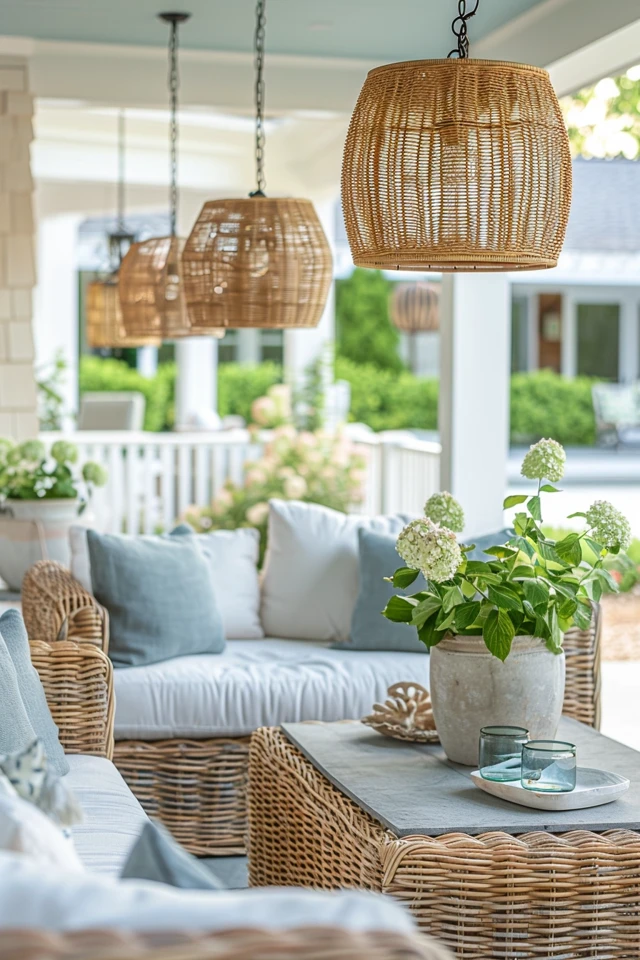
Maximizing Coastal Views
Take full advantage of your coastal location by designing your garden to maximize views of the ocean, beach, or surrounding landscape.
View Enhancement Tips:
- Strategic Planting: Plant low-growing species in areas where you want to maintain sightlines. Use taller plants to frame views and create focal points.
- Elevated Seating: Incorporate elevated seating areas like decks or raised platforms. These spots provide unobstructed views and a unique perspective of your garden.
- Glass Railings: Use glass railings for decks and balconies to ensure clear views. Glass railings are sturdy and blend seamlessly with the coastal environment.
- Outdoor Mirrors: Place outdoor mirrors strategically to reflect views and create the illusion of more space. Mirrors can also enhance light and add a decorative element.
Conclusion: Designing a Coastal Garden Oasis
Designing a coastal garden is a rewarding endeavor that brings the beauty and tranquility of the seaside into your outdoor living space. By embracing native plants, incorporating natural materials, and creating functional, stylish areas, you can transform your yard into a serene retreat that offers endless enjoyment.
As an architect and interior designer, I believe that a well-designed coastal garden should reflect both the natural environment and the personal style of the homeowner. Each element, from the plant selection to the decor, should work together to create a harmonious and inviting space.
Remember, the key to a successful coastal garden is to embrace your creativity and let your personality shine through. Regularly update and personalize your space to keep it aligned with your evolving tastes and needs. With these tips and ideas, you’re well on your way to creating a coastal garden that’s not only aesthetically pleasing but also a true reflection of you. Enjoy the process of transforming your outdoor space and making it a haven of comfort, style, and coastal elegance.
Inspirational Pictures
